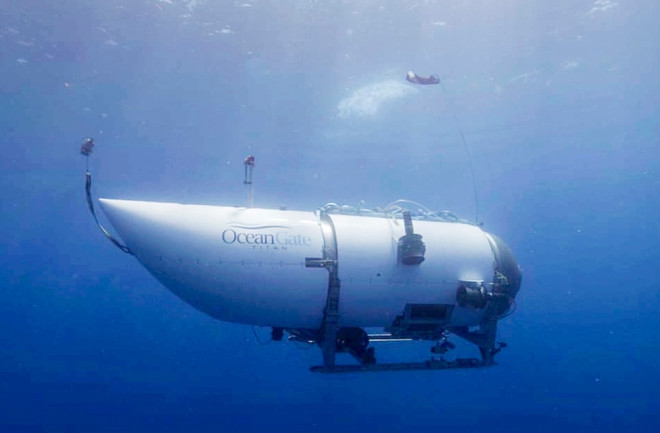For several days in June, millions around the globe were gripped by news of five people missing 12,500 feet under the ocean, lost while attempting to catch a glimpse of the wreckage of the RMS Titanic.
By the time evidence confirmed that their poorly designed submersible, the Titan, had imploded under the immense pressure of the deep, their fate was hardly a surprise.
What Happened to Oceangate?
Following the disaster, information came to light that the Titan did not meet industry safety standards: The carbon fiber cylinder making up the Titan’s hull was known to be inappropriate for deep sea craft, and OceanGate, the company that developed and operated the submersible, had a history of safety-related allegations.
Interview footage resurfaced of OceanGate CEO Stockton Rush, who was aboard at the time and died in the disaster, boasting of breaking rules in the name of innovation. In addition, a group of professionals in the field had drafted a letter warning of safety concerns in 2018.
Read More: Looking Back on the Discovery of the Titanic
Underwater Rules for Deep Sea Exploration
Because of the rogue nature of the expedition, deep-sea experts don’t expect to see regulatory changes in the industry. Nor do researchers expect new hurdles with funding, as properly certified research vessels remain safe.
Since 1968, the American Bureau of Shipping (ABS) has maintained a set of guidelines today known as the “Rules for Building and Classing Underwater Vehicles, Systems and Hyperbaric Facilities,” or the “Underwater Rules” for short, which outline standards for design and construction of manned submersibles. Additional agencies offer standards and certifications in other parts of the world as well.
“The rules have been working quite well for 50 years,” says Tony Lawson, engineering director at DOER Marine, which makes submersibles. “Many of the areas OceanGate was supposedly ‘pushing’ tech are actually all areas that were investigated in the ’70s and ’80s. Those findings seemed to have been ignored.” Lawson sits on the ABS underwater vehicle systems subcommittee, which will likely meet next in spring 2024.
Read More: What It's Like to Dive Down to the Titanic in a Submersible?
Are Submersibles a Safety Concern?
Such safety measures helped Dawn Wright, chief scientist for the Environmental Systems Research Institute (ESRI), reach the deepest point on Earth, Challenger Deep in the Mariana Trench, in July 2022. The oceanographer’s voyage was in the submersible Limiting Factor, whose hull is a titanium sphere.
“I had absolutely no fear, no qualms, no worries at all, because of what the crew had done to ensure that the craft was safe,” Wright says.
Despite the impressive safety record of deep-sea exploration — prior to June, only a handful of deaths have occurred over seven decades and countless dives — the catastrophe has certainly marred public perceptions of the field.
“One of the collateral tragedies of this terrible event is that people may be afraid to go too deep in the ocean,” said Sylvia Earle, oceanographer and deep-sea explorer, in an online discussion on June 26. “We need to know: What’s down there? Who’s down there? And how does it all connect with life on the surface?”
Wright is hopeful OceanGate won’t set back deep-sea exploration, including one of her current projects: Seabed 2030. ESRI is working with dozens of partners on the U.N.-endorsed program to map the entire ocean seafloor in the next six years. It’s a lofty goal, given that modern maps are only 25 percent filled in, but an important step toward understanding our oceans. Wright hopes to see more data contributions, not just from typical research submersibles, but from dropships and any craft travelling the ocean that’s equipped to map the seafloor.
“We need all the data we can get,” she says.
This story was originally published in our January February 2024 issue.
Read More: We've Only Explored Less Than 5 Percent of the Ocean Floor
Article Sources
Our writers at Discovermagazine.com use peer-reviewed studies and high-quality sources for our articles, and our editors review for scientific accuracy and editorial standards. Review the sources used below for this article:
American Bureau of Shipping. Underwater Vehicles, Systems and Hyperbaric Facilities
Engineering director at DOER Marine. Tony Lawson
Chief scientist for the Environmental Systems Research Institute. Dawn Wright
Oceanographer and deep-sea explorer. Sylvia Earle

